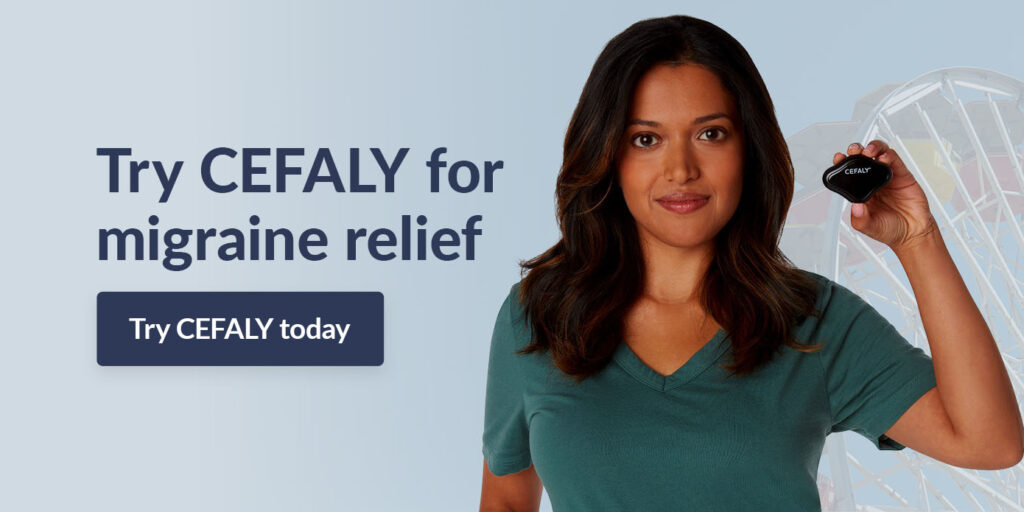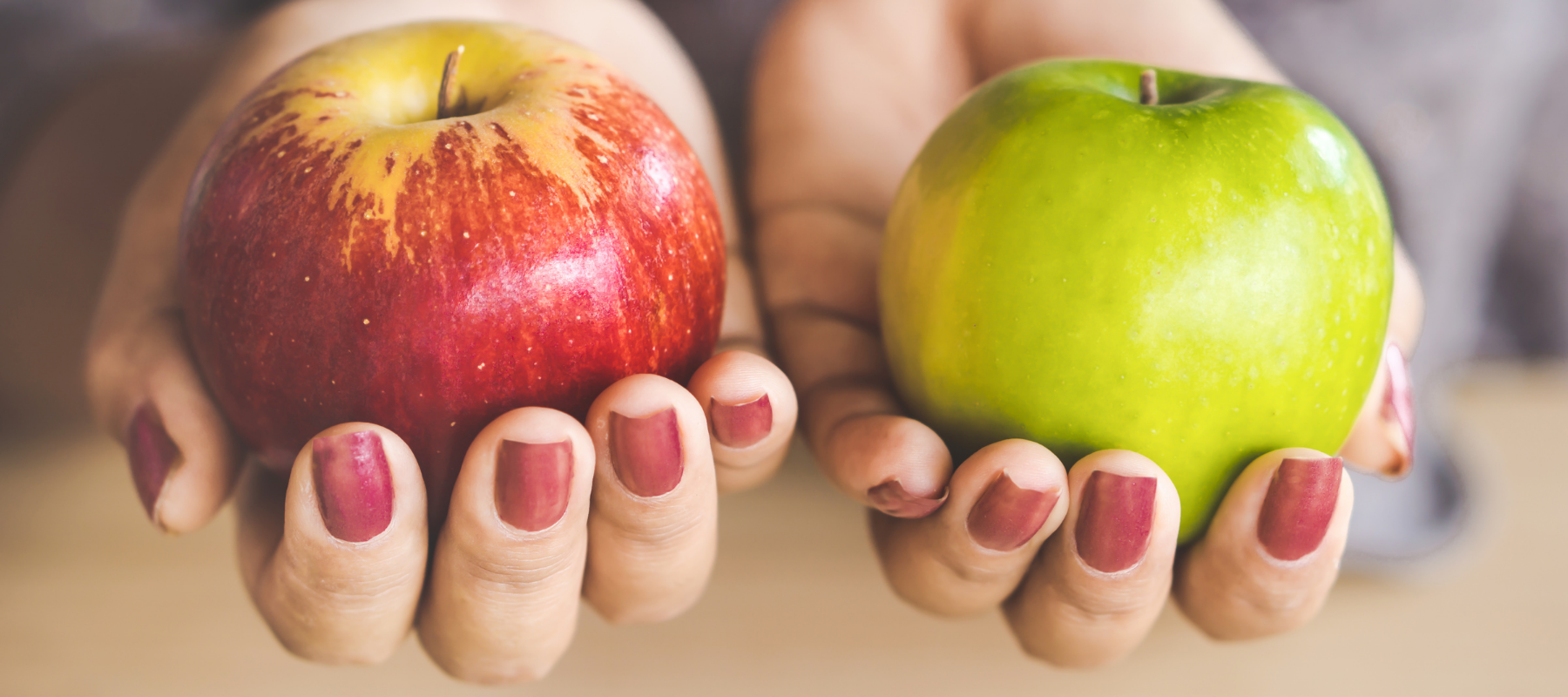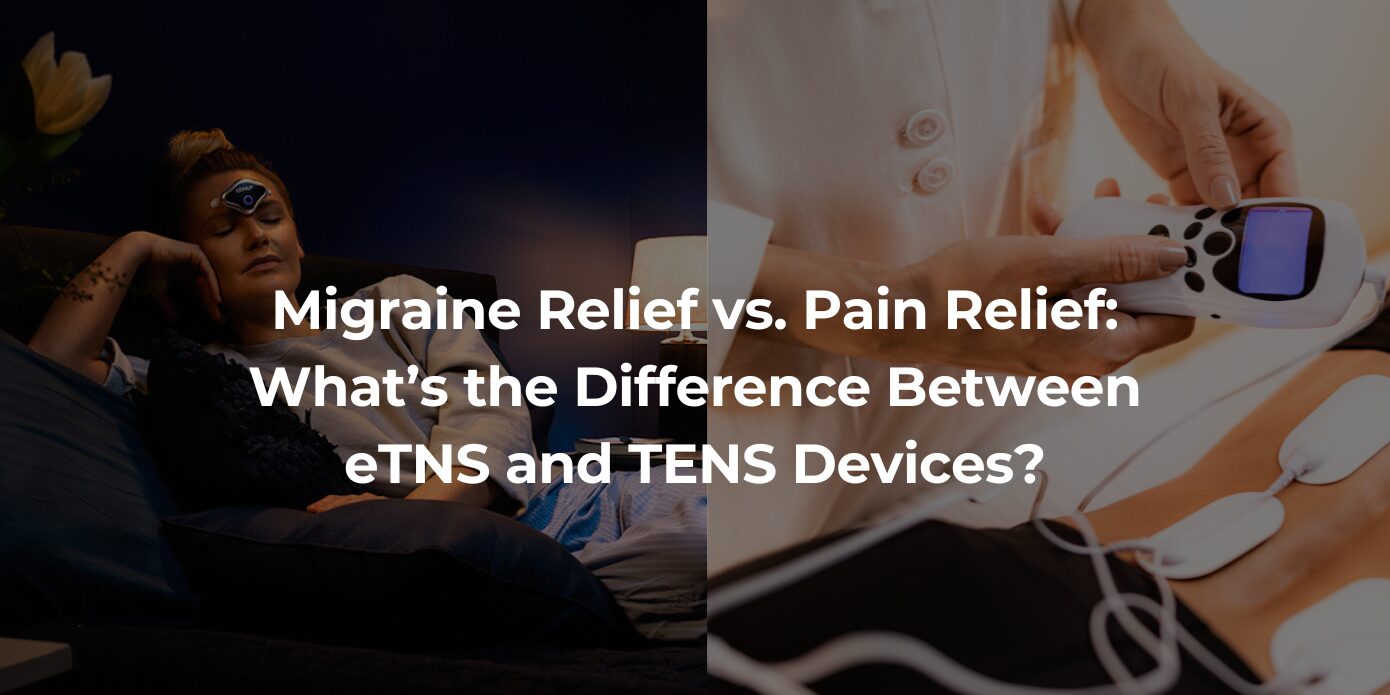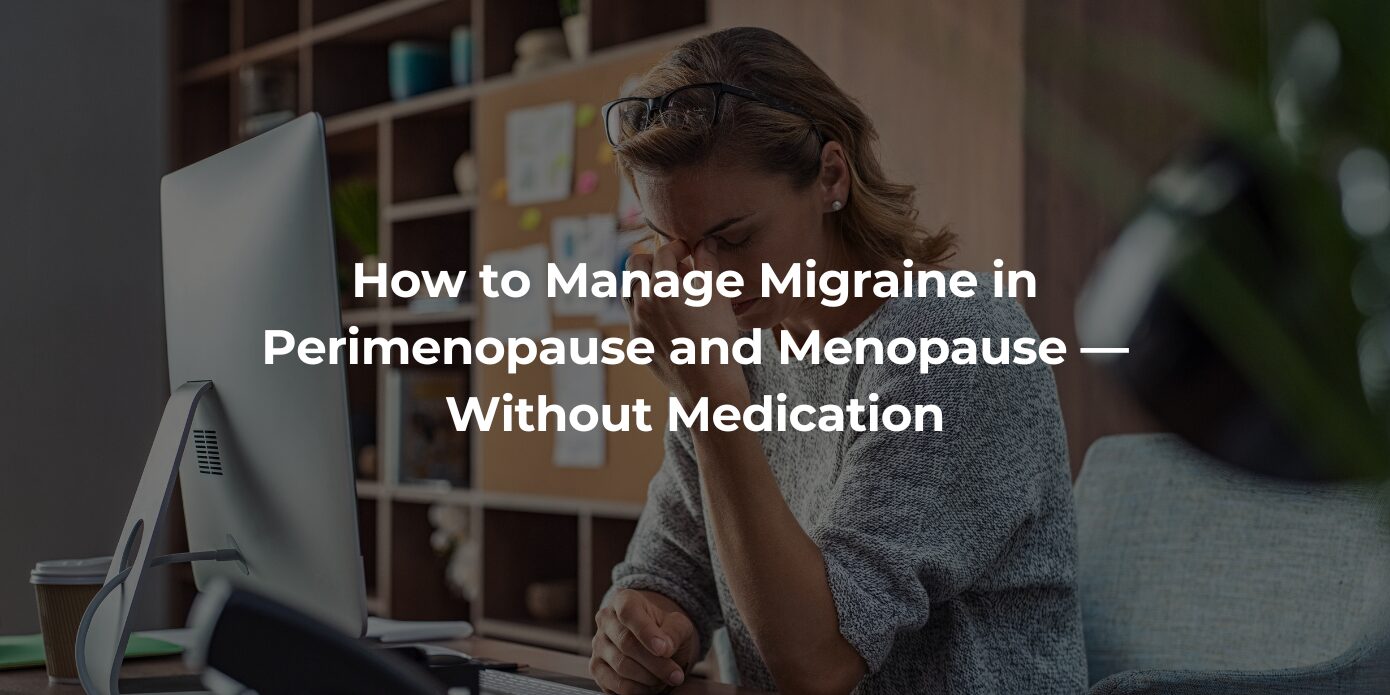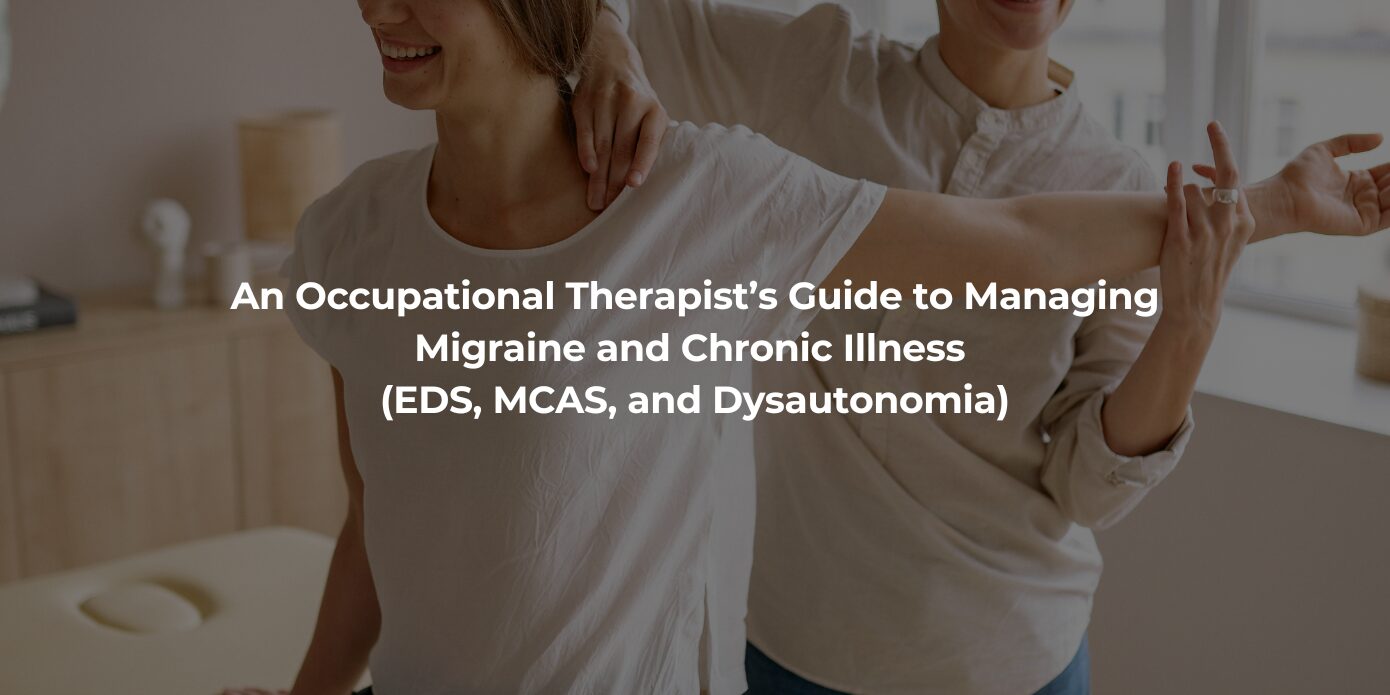Theme parks are full of thrills and excitement, but they can be a roller coaster for people with migraine. Whether it be the loud noises and rides or the infamous Disney headache from wearing Mickey Mouse ears, theme parks have many potential triggers. But that doesn’t mean you can’t have fun at a theme park — with careful planning, you can enjoy the day while still taking care of yourself. Read on for the best strategies to have the most fun possible, even if you have migraine.
Before you go: Preparing for theme park days
According to the National Institute of Neurological Disorders and Stroke, the common factors that trigger a migraine attack include sudden strong smells, stress, low blood sugar and flashing lights, among others.
Preparation is key to avoiding migraine on amusement park rides and making the most of the trip. With the proper steps, theme park days can be something you look forward to. Here are the top ways to prepare for theme park days as someone with migraine disorder:
Choose your park and day wisely
Research the park options in advance so you can take care of yourself if a migraine strikes. Theme parks can trigger migraine due to their bright lights, loud noises, excessive sun exposure and contact stimuli.
Before you visit a theme park, check its guest relations policies regarding disabilities. For example, Disneyland typically offers a Disability Access Service (DAS) program, which provides the additional support you need to enjoy the trip. These programs allow you to request a specific time to visit an attraction so you can avoid the long queues and triggers like the striking sunshine.
Check the park’s schedule for events like fireworks displays, which can trigger migraine for some people. To avoid crowds, try to visit on a weekday or off-peak period. Identify quiet areas or first-aid stations in advance where you can go if you need a break or feel a migraine coming.
Pack your migraine survival kit
Migraine symptoms can strike at any time. Stay prepared by creating a migraine survival kit that’s ready to go when you need it. Since there are several types of migraine, like menstrual migraine and retinal migraine, it’s important to assess your symptoms and decide on what works best for you. The easiest way to do this is to create a checklist of some of the items that provide migraine relief, which may include:
- Hydration and snacks: If park rules allow, it would be beneficial to carry a water bottle or hydration packs as well as some snacks to keep your blood sugar levels stable. Some migraine attacks are triggered by a lack of hydration and prolonged hunger. The long queues at parks can also make it challenging to get food or water when you really need it.
- CEFALY’s ACUTE program: CEFALY’s ACUTE program is an FDA-cleared, noninvasive medical device that can provide quick and effective relief. In one major clinical study, 79% of migraineurs found pain relief following one hour of CEFALY treatment. Its compact size also makes it easy to fit into your bag.
- Sunglasses: When you’re standing in queues or going on rides and the sun is in your eyes, it can trigger a migraine. Invest in a good pair of sunglasses with ultraviolet (UV) protection and a dark tint to reduce the brightness of the sunlight.
- Prescription medication: If you have prescription abortive migraine medicine or any other drugs recommended by your physician, be sure to pack those in your bag as well.
- Comfort items: Given the diversity of migraine symptoms, you might have your own items that bring you comfort and make you feel safe during an attack. Examples of these items may include certain essential oils, earplugs or even a small pillow for breaks.
During your visit: Navigating the park like a pro
If you follow the right steps during your visit to the park, you can keep yourself more comfortable and you might even prevent a migraine from occurring. Here are some of the things you can do at the park to have fun while not neglecting your needs:
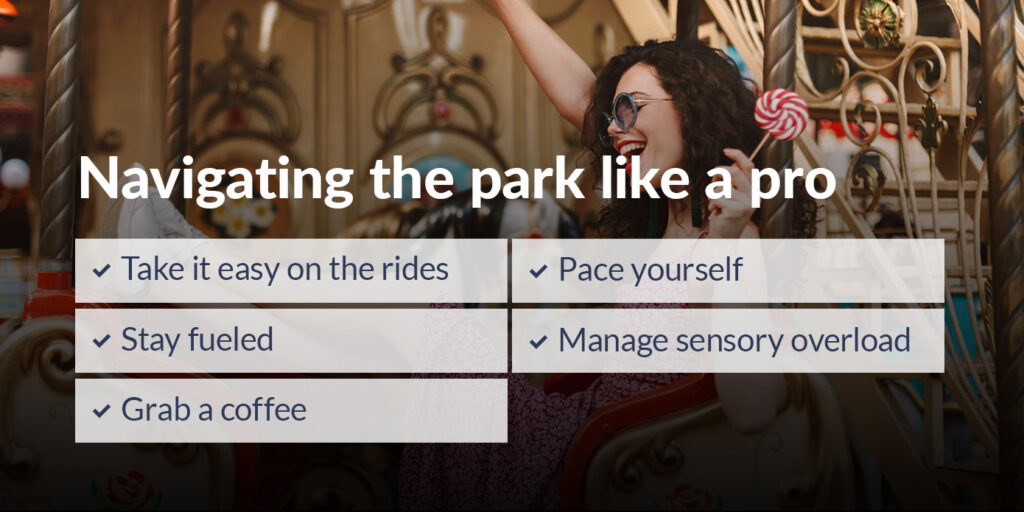
- Take it easy on the rides: Thrill rides like roller coasters can trigger migraine afterwards because the jerky movements, flashing lights and loud noises can cause overstimulation. If you’re not sure about a ride, don’t hesitate to skip it. Take hydration and rest breaks between rides.
- Stay fueled: Make a conscious effort to sip on water or electrolytes throughout the day and have a snack when you feel hungry. If the park doesn’t allow personal water bottles, stock up on bottled water or juices as soon as you enter, so you have enough for the day and won’t need to stand in long queues to get something to drink.
- Grab a coffee: According to the American Migraine Foundation, some people report that coffee helps relieve their pain. If you also feel relief from caffeine, stop and grab a coffee. Just make sure you stay hydrated whenever you consume caffeine.
- Pace yourself: It can be tempting to go on ride after ride and try to have as much fun as possible. You may not feel the effects right away, but you could trigger a migraine headache after the roller coaster rides and fun. Pace yourself and take regular breaks to prevent exhaustion.
- Manage sensory overload: Use earplugs in noisy areas, throw on sunglasses in bright light and move away from food stalls if the smells are too intense. Pay attention to weather changes if you experience migraine attacks from shifts in barometric pressure or extreme temperatures.
Get Drug-Free Migraine Relief With CEFALY
Shop Now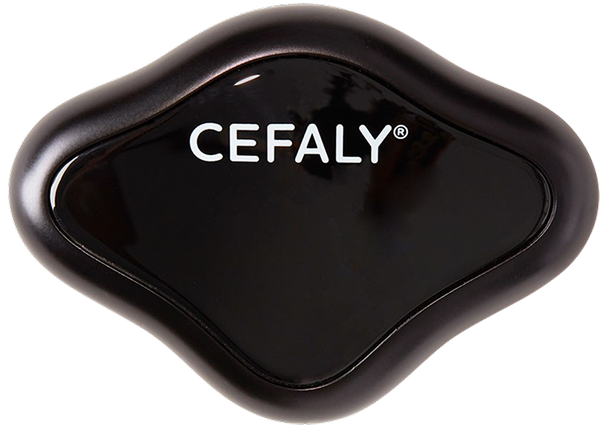
90-day money back guarantee
FDA-cleared
financing available
What to do if a migraine hits
So, what do you do if you’re at an amusement park, you’ve had a ride on the roller coaster and now you have a migraine? Don’t worry, you’re going to be okay. Just follow these steps:
- Ask for support: Tell your companions or the staff that you’re having a migraine at the first sign of an attack.
- Find a quiet space: Ask your companions or staff to help you find a quiet and preferably dark spot where you can take your medication and calm down.
- Take your medication: Take your rescue medication at the first sign to prevent the pain from growing to extremes.
- Use CEFALY: Attach the CEFALY device to your forehead as soon as possible and relax as the high-frequency external trigeminal nerve stimulation (eTNS) works to block pain signals in the trigeminal nerve.
- Breathe: Practice 4-7-8 breathing, in which you inhale, hold your breath for 7 seconds and exhale deeply for 8 seconds. This exercise can help you relax as the medication or CEFALY device gets to work.
- Reach for comfort: Pull out your comfort items, such as essential oils or a pillow and try to take a moment to use them mindfully. These items can help you pass the time until your migraine subsides.
- Know when to call it a day: If your migraine doesn’t subside, or you’re exhausted, pushing through could make it worse or trigger another episode. Leaving early is an act of self-care. Let your companions know that you need to leave and go home to a dark, quiet room to calm your mind.
Try CEFALY for migraine relief
Migraine can cause severe symptoms that affect everyday activities. At CEFALY, we believe that you deserve access to affordable, drug-free treatment. That’s why we created the CEFALY device, which is the #1 FDA-cleared migraine treatment device and the most affordable option for neuromodulation.
This device doesn’t require a prescription and you can use it daily to reduce the frequency of your attacks. When you feel an attack coming on, you can start the 60-minute ACUTE program, which sends gentle electrical impulses directly to the trigeminal nerve, which is the main pathway for headache pain. It also feels like a gentle massage, helping you stay calm.
With CEFALY, having a migraine doesn’t mean you have to miss out on life’s fun experiences, like going to a theme park and making memories with loved ones. Try CEFALY for 90 days with a money-back guarantee!
